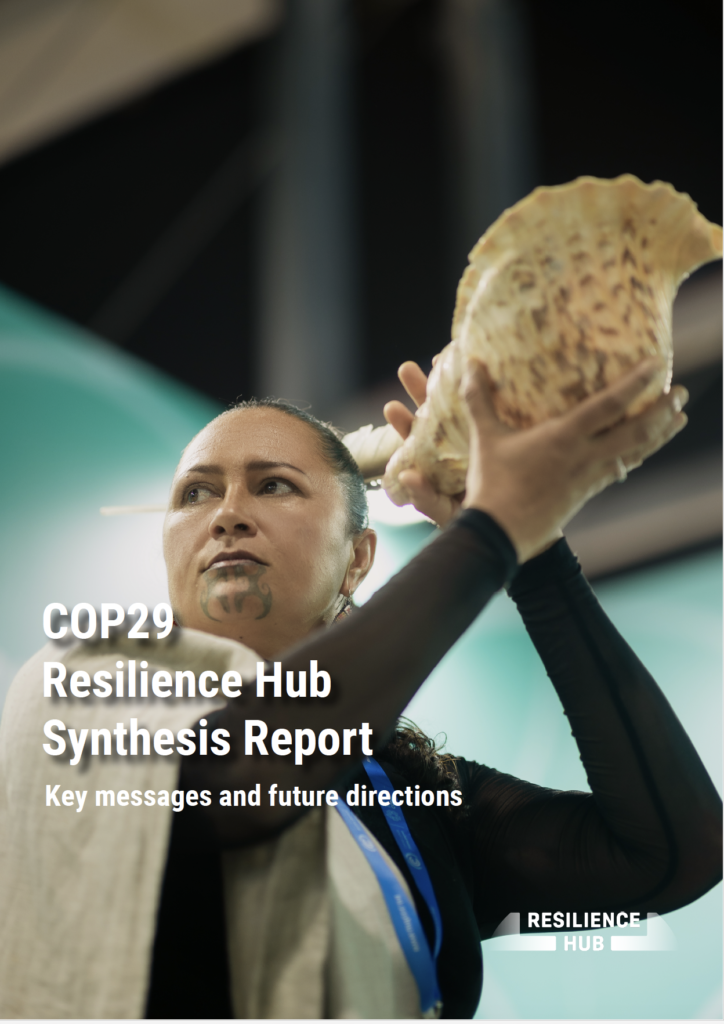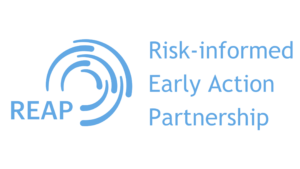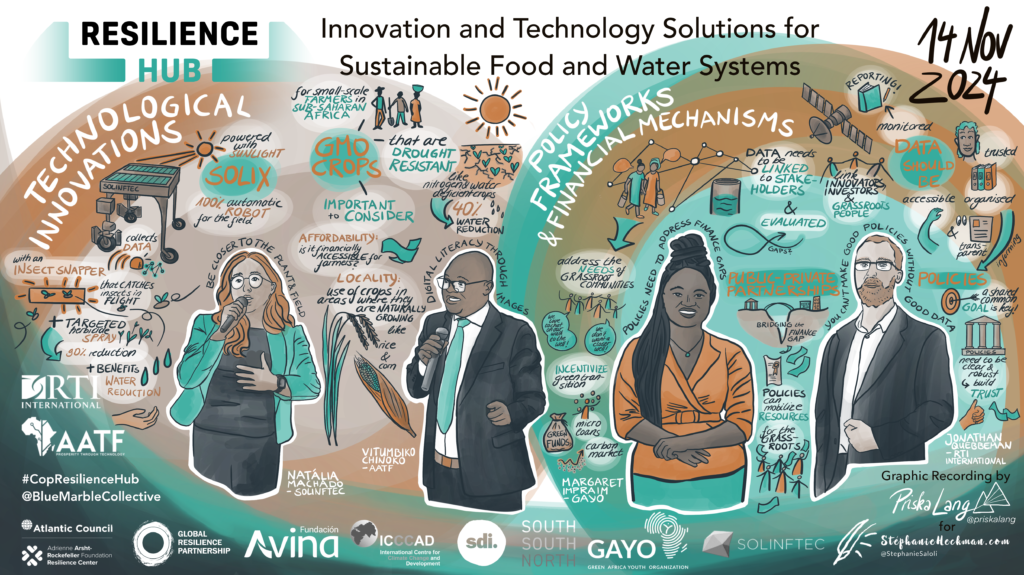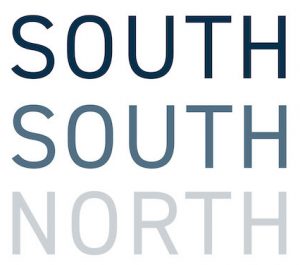The Resilience Hub at COP29
11th to 18th November 2024 in the Blue Zone
The Resilience Hub is now in its fourth year, building on three successful Hubs since launching at COP26 in Glasgow. This marks a great moment to reflect on three years of knowledge gained and re-orient the Resilience Hub’s programme to one that seeks to tackle key challenges that still exist to achieving the mission of the Resilience Hub: to increase levels of awareness, investment and action on climate resilience.

Art Corner
See the illustrations, murals and digital art created at the COP29 Resilience Hub.
The COP29 Resilience Hub Synthesis Report
Developed together with session leads, collaborators, and managing partners, it captures the key adaptation and resilience decisions, along with insights from over 40 session that brought together diverse voice, non-party stakeholder, and experts working to drive climate action.
The report begins with highlighting key announcements on adaptation and resilience, then summarises the six challenges, and finishes by offering reflections and next steps to COP30.

What will we do differently this year?
At COP29, the Resilience Hub will be replacing themes with challenges. We will have six challenges across six days (11-16 November), focusing on one challenge each day (aligning with COP29 Presidency theme days where possible).
With each challenge, we aim to compile a series of key messages, proposed solutions and recommendations that can be turned into a ‘Call to Action on Resilience and Adaptation.’ We plan to present the call to action to the UNFCCC and the incoming COP30 Presidency to influence their plans for the next 12 months, ahead of COP30 in Brazil – 10 years since the Paris Agreement, the halfway point in the crucial climate decade.
The six challenges
Using a resilience lens, how can we better:
Anticipating and managing economic disruption and closing finance gaps
The underfinancing of climate adaptation presents systemic risks to global economic stability, particularly for climate-vulnerable nations. With 2030 only six years away, we are struggling to invest in adaptation effectively and failing to strengthen economies for a resilient future. Lack of strategic and collective action right now will result in the collapse of economies in the future, massive displacement of individuals, and an immense loss of biodiversity. As the Finance COP, COP29 is the right platform to elevate the conversation on financing for adaptation and resilience as the cost of inaction is going to be a heavy price to pay. By keeping the lack of adaptation finance as a challenge, and ensuring every other challenge includes this important aspect will be critical this year:
- Of the US $63 billion adaptation finance tracked in 2021-2022, only 2% came from the private sector, underscoring a significant untapped potential for transformative change towards climate-resilient communities, businesses, and natural ecosystems (Climate Policy Initiative 2023).
- Despite these challenges, the business opportunity for financing adaptation and resilience could bolster the global economy by up to US $7 trillion by 2030 (Global Center on Adaptation 2019)
- Currently, there is a major gap in collaboration among various stakeholders to drive collective action, lack of an enabling policy environment for industries to adopt adaptation strategies, and the absence of standardized metrics and frameworks for the private finance sector as well as other stakeholders.
- The gap between what is needed to create climate resilient systems and what is actually being invested continues to grow.
- A plausible central range for the adaptation costs/financing needs is US$215 billion/year to US$387 billion/year for developing countries this decade.
- There is an increase in innovative approaches in finance for resilience however, scaling approaches requires reforms of the wider climate finance architecture.
Questions to address
- What role is the private finance sector currently playing and what does it need to achieve better adaptation and resilience solutions (policy environments, unique partnerships, pilot studies, etc.)?
- What are the financing gaps governments are seeing to prepare its communities? What reforms do they need to bring about within their departments or systems to achieve this?
- What kind of financial support, capacity building, technical assistance do governments in the Global South need to be creditworthy?
- How can we transform economies to standardise adaptation actions and reduce the cost of inaction?
- Funding for loss and damage is recognised but not being mobilised: how do we unlock the UNFCCC process for this?
- A New Collective Quantified Goal on Climate Finance is being negotiated: how can we ensure finance that is usable goes to climate resilience?
- Currently only 10% of climate finance reaches local stakeholders. What mechanisms are in place to ensure that these resources flow quickly and effectively to local stakeholders? How can funding be unlocked to reach communities?
t
Challenge co-leads:

Addressing and overcoming food and water insecurity
Water change is climate change. Climate impacts manifest as water-related disasters that affect people’s lives and livelihoods. Climate change is not only fuelling more extreme floods, storms and droughts, but it is also altering rainfall patterns and river flows, and melting glaciers. 9 out of 10 natural disasters during the last decade were related to water. It is disrupting our lifeblood – our river systems. Rivers directly provide drinking water to over 2 billion people and directly support one-third of the global food production.
At the same time, agriculture contributes to 80-90% of the freshwater withdrawals and 11% of the global greenhouse gas emissions. While the world has seen an increase in per-capita food availability despite the doubling of the global population in the last century,
Enhancing resilience of food and water systems implies understanding that:
- Food and water systems are integrated social-ecological systems, meaning that no true change towards increased resilience will effectively work by addressing just single parts of the system (ex. Building water and food system resilience implies going beyond agricultural practices to also address consumption patterns and questions of food related health and access).
- There are no resilient food systems without resilient water systems. The two are intrinsically connected. Food production is dependent on water availability and access and, in its turn, water availability is dependent on a sustainable management of food production landscapes, with focus on regenerative, rather than extractive practices. Further, global food trade and food value chains also impact consumptive and non-consumptive water use and degradation of ecosystems.
This challenge will attempt to unpack the following questions:
- How can innovation in finance transform agriculture to ensure that water, land and other resources remain within safe and just planetary boundaries?
- ‘How do we build the ‘Unholy Alliances’ or “radical collaborations” needed for climate resilient food systems across markets, policy and communities?
- How do we secure farmers’ places and pastoralists, fisher communities, indigenous peoples, at the center of food systems? What are the lived experiences of locally led adaptation from these communities?
- How can we address the focus on efficiency to shift towards building diversity and redundancy that are needed in building water-resilient food systems?
- How can indigenous knowledge, feminist practices and local experiences be centered in agroecological transformations?
Challenge co-leads:



Promoting nature-positive action to help recover from and prevent further biodiversity loss and environmental degradation
The IPCC-IPBES joint report states that 77% of land and 87% of the ocean have been directly modified by human activities. Healthy ecosystems are fundamental for climate regulation. The Living Planet Report reveals an average decline of 69% in species population since 1970, while the freshwater systems have been hit the hardest with average declines of 83% in the same timeframe. Finally, the indigenous and local communities that are most dependent on nature and biodiversity, are also the biggest stewards and advocates for its conservation, and have faced disproportionate impacts of climate change as well. This challenge aims to tackle the following questions:
- IPBES Report 2019, COP27 and COP28 Resilience Hub Synthesis Report recommend the need for “transformational resilience” to tackle the dual challenge of climate and biodiversity. What are these transformations needed in business, economies and societies?
- How can nature be placed at the centre of NDCs, the Global Goal on Adaptation and Global Goal for Climate Finance?
- Can natural climate solutions also protect biodiversity goals? What are the limits to nature-based solutions towards biodiversity conservation and how do we ensure biodiversity goals are met?
- Are there any ramifications of Kunming 30×30 on locally-led adaptation? How do we ensure that indigenous communities are at the heart of biodiversity as well as climate adaptation goals?
- COP28 Resilience Hub Synthesis Report highlighted the role of finance products like the Gross Ecosystem Product, while the IPBES Report highlighted the role of plural values for nature conservation. How do we ensure that finance shifts towards biodiversity without the tradeoffs between people and the planet?
- What kind of radical collaborations are needed for governments, businesses, cities and people to focus on climate and biodiversity?
Challenge co-leads:



Preparing for extreme weather events and improving disaster recovery efforts
Even as the global conversations around Loss and Damage unfold, communities and governments continue to face a daily reality of increasingly severe and frequent climate disasters. Floods, cyclones, extreme heat, droughts, and wildfires bring with them an array of economic, health, and social challenges, placing a heavier burden on already strained social safety nets and disaster recovery systems. Record-breaking heat waves around the world, including temperatures above 50C in Delhi, illustrate that despite the headlines, many of the full impacts of these hazards – from learning loss to chronic illness – may not be fully accounted for years to come.
The impact and resulting need of these hazards is also highly unequal, with 70% of all deaths from climate-related hazards occurring in the 46 poorest countries. The data is clear, however, that investing in resilience and adaptation early has huge benefits, yet the needs are as multifold as the problem the global community faces.
Questions to address
- What is the “state of play” on international data collection and modelling around climate hazards? Where do major gaps remain and how can governments, civil society, and the private sector best leverage existing data while accounting for its uncertainties?
- As disaster risk reduction initiatives including Early Warnings for All seek to mobilize international actors to invest in improved, timely warnings to communities, what opportunities are being “left on the table” or overlooked, including unexpected, radical, or bottom-up collaborations?
- As cities urbanise and greater focus is put on the impacts of climate hazards to urban dwellers, how do we account for rural populations, who in many cases tend to be older and sometimes informally or formally tied to employment with a high level of climate risk, such as agriculture?
- We often learn the most when we fail, and to meet this moment of accelerating climate change, it is essential to quickly absorb our lessons learned from failed climate adaptation and disaster risk reduction efforts. What are the some of the key lessons learned over the last two decades of disaster risk reduction and recovery initiatives, including from climate mitigation initiatives and in recent efforts around locally led adaptation?
- From heads of state to community leaders, women play a unique and prominent leadership role in climate adaptation and disaster recovery. They are also impacted in distinct and pronounced ways by climate change. Where have gender-sensitive approaches been successfully integrated into climate adaptation and disaster recovery, and what are key lessons for successful gender mainstreaming across the field?
Challenge co-leads:
![]()


Ensuring the incorporation of culture and Indigenous and local knowledge at every level of decision making
Questions to address
Indigenous peoples represent about 5% of the global population but protect 80% of the world’s biodiversity. Their traditional lands are often rich in biodiversity, serving as vital carbon sinks and ecosystems essential for climate regulation.
Incorporating culture and Indigenous and local knowledge in decision-making is essential for building climate resilience. These communities have deep-rooted connections to their environments and possess centuries of knowledge about local ecosystems, weather patterns, and sustainable practices. This wisdom, often passed down through generations, offers unique insights that are vital for adapting to the changing climate. Ensuring their participation at every level of decision-making not only honors their cultural heritage but also enriches the overall strategies for resilience.
Inclusion of Indigenous and local knowledge fosters more holistic approaches to climate adaptation, recognizing the interdependence of natural and human systems. It helps to tailor solutions that are context-specific and more likely to be sustainable in the long term. Moreover, this approach empowers communities, ensuring their voices are heard and respected in shaping policies that directly impact their lives. By integrating this knowledge with scientific data, decision-makers can craft more effective, inclusive, and culturally relevant strategies to combat climate change, ultimately leading to stronger and more resilient communities.
The SAA and the Race to Resilience support locally-led adaptation principles and equitable, just and inclusive approach of climate action. Results from this challenge can help inform evidence of inclusive action into the reports and call to action.
Questions to address
- Addressing power imbalances, ensuring community empowerment, and respecting local knowledge are critical challenges. How can we shift mental models and working methods to intentionally embed equitable approaches in programs?
- Can art, games, and heritage help bridge capacity gaps by addressing power dynamics, conflict, and fostering locally-led adaptation solutions?
- How can we leverage cultural norms and indigenous solutions to enhance the effectiveness of adaptation measures?
- What strategies can be employed to ensure that marginalized and vulnerable groups are actively involved in climate adaptation planning and decision-making?
- How can we improve the integration of traditional ecological knowledge with scientific data to create more robust and contextually appropriate climate resilience strategies?
Challenge co-leads:
![]()

cross-cutting Themes
Each challenge must address these cross-cutting themes
Finance
Fostering access to financing for local actors and reducing the financing gap between adaptation and mitigation
Innovation
radical collaboration
Uplifting frontline voices and democratising decision-making spaces


